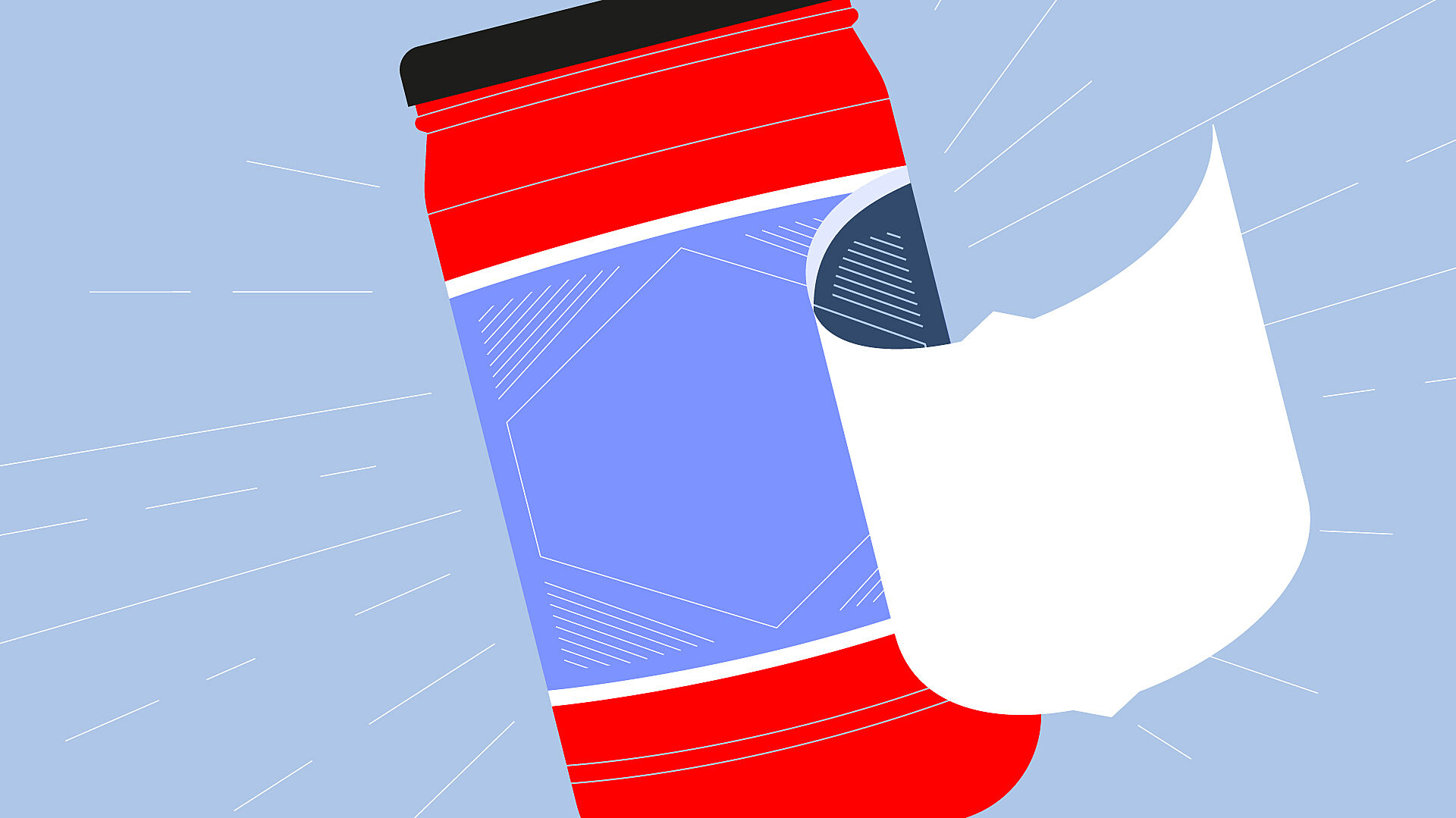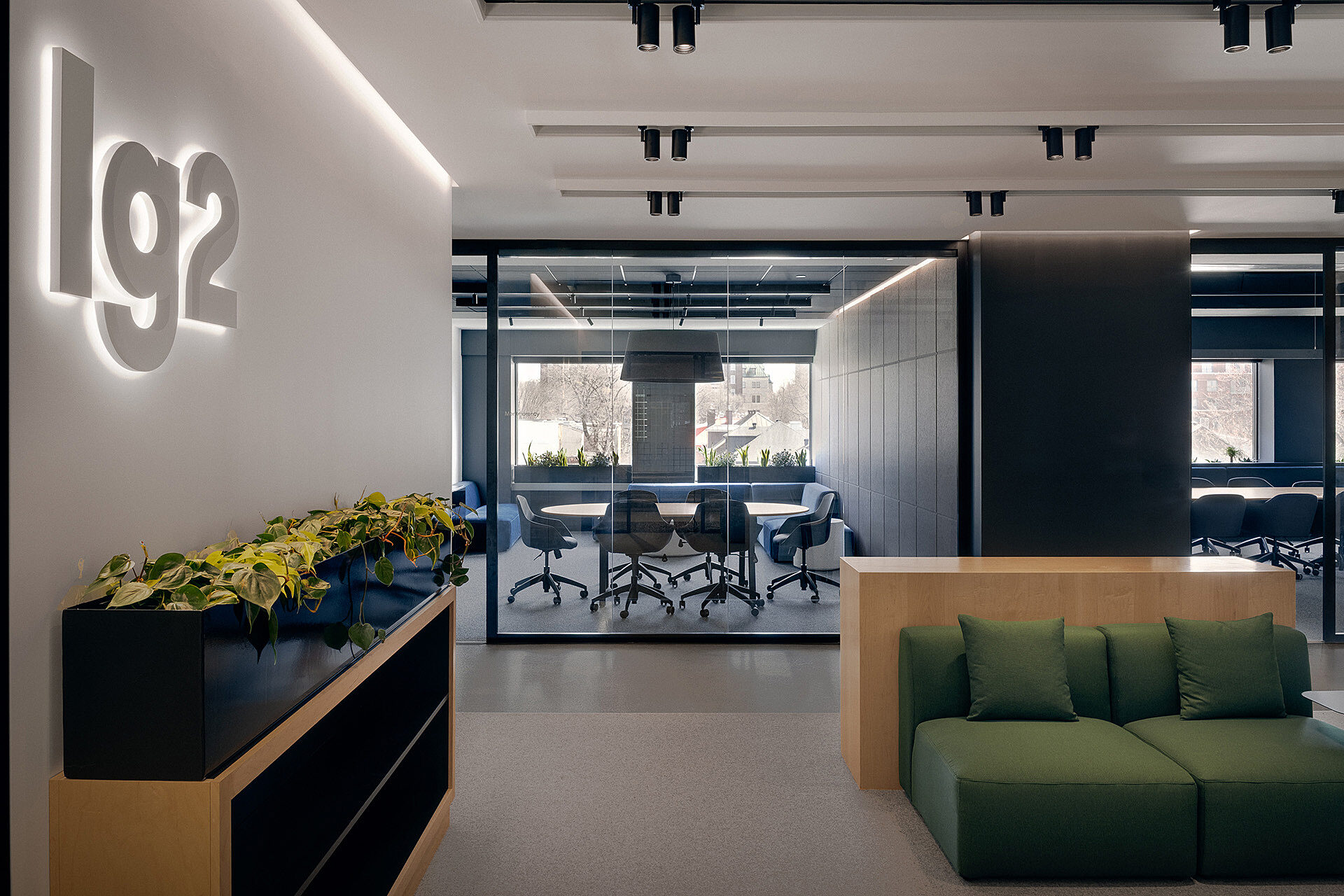
Packaging eco-design: tomato sauce and the butterfly effect
“I really want to reduce my packaging’s impact on the environment – without altering my product.”
Sounds familiar to you? As a design agency, we can definitely relate. It’s not always easy to strike the right balance between beauty and eco-responsibility, but consumers expect it. And time is running out.

Eco-design, a necessary approach
More and more brands are launching extensive and inspiring initiatives to reduce their environmental impact. And many companies are opting for eco-friendly packaging as they come to understand that packaging’s impact on the environment is just as important as the packaging itself in terms of brand recognition and consumer awareness. Over-packaging, recycling, compostability and the end-of-life management of containers are fuelling discussions on the need to leave future generations with a cleaner world.
That need is now urgent. In 2025, the concept of Extended Producer Responsibility (EPR) will come into effect and place manufacturers at the heart of the waste management system. They’ll own the material collected and be responsible for developing, implementing, financing and maintaining the collection system. Several countries have established a similar approach, and we applaud Quebec for following in their footsteps and implementing the policy through Éco Entreprises Québec.
The impact of these changes will be significant, but necessary. In an economic environment that’s already challenging, companies will need to refine their supply strategy, operational chain, distribution, marketing, waste management and packaging. And let’s not forget that a transition of this magnitude requires months, if not years, of planning before the consumer can finally get their hands on the product.
Starting the conversation
While we wait for these changes to take place at the corporate level, what can we do as packaging specialists who have progress and sustainability ingrained in our hearts?
Well, we can start by talking about it and seizing every opportunity, no matter how small, to get the butterfly’s wings flapping to create waves of change.
A few months ago, long-time LG2 collaborator Stefano Faita gave us a call. While sales of his tomato sauces had achieved an enviable market share, customers were starting to send him messages complaining that the jars were difficult to reuse because their labels were hard to peel off, making end-of-life processing difficult for individuals and recycling facilities.
When Stefano brought this issue to our attention, our response was swift: Let’s change the glue and paper so it can be easily removed, and optimize the design accordingly. Once they were no longer a potential source of contamination and material loss, the labels would be less likely to hinder recycling. The following process took several months and involved close collaboration between the participating teams to arrive at the optimal solution. We replaced the labels with non-laminated paper that requires four times less glue, and redesigned them to suit the production line. In total, four teams from Stefano, LG2, the printer and the sauce manufacturer – who also had to adjust their production line to meet the new technical requirements – were part of the equation. Change is a team effort involving many people.
This example may seem like a small step among the thousands that need to be taken in eco-design, but it has the potential to initiate real change. Over the past two years, our progressive values and desire to make a lasting impact have led us to retrain our teams and refine our knowledge of eco-design. This has allowed us to add a new dimension to our creative signature, making it more sustainable, distinct and relevant to the market. We’ve met with many partners offering innovative solutions in materials and processes for the production and printing of packaging and are increasingly engaged in discussions with major players in the field, some of whom are also our customers. We trust that our expertise in innovation and packaging will contribute to our social engagement.
Planning for change
Given today’s major findings, by 2025, every packaging manufacturer will have to make a courageous and visionary shift in three respects:
Strategically (re)position itself to reduce its ecological footprint and challenge its brand image to align with best practices.
Anticipate the disruption of established decision chains and processes.
Start discussions today to allow for enough time and energy to become a driving force for future change.


